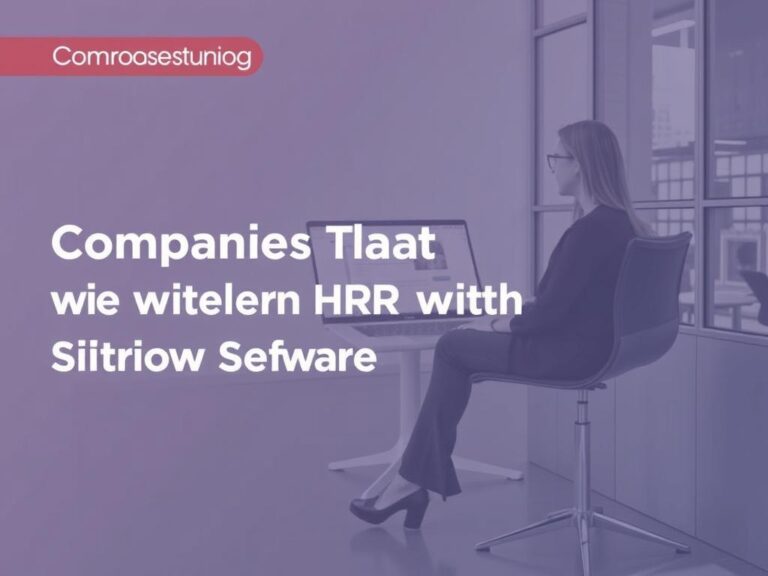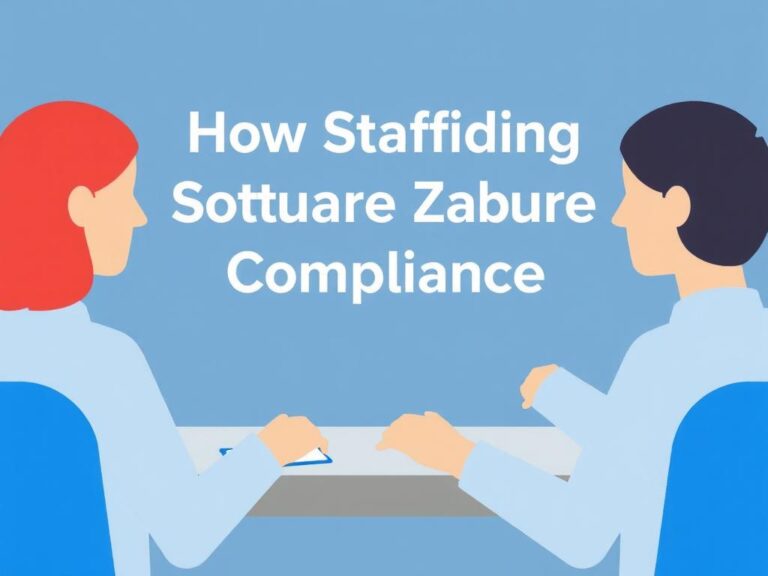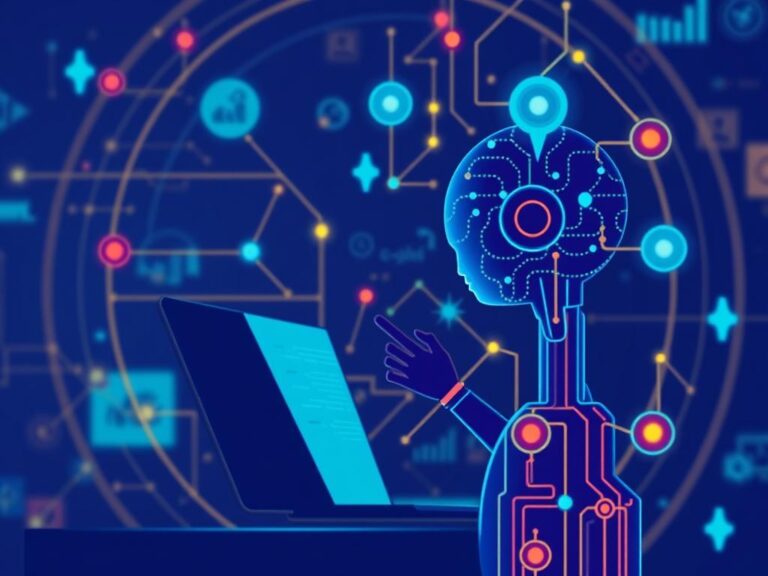The Role of Automation in the Future of Staffing: Transforming Hiring and Workforce Management
Understanding Automation in Staffing
Automation is rapidly reshaping industries around the globe, and staffing is no exception. At its core, automation refers to the use of technology to perform repetitive or time-consuming tasks without human intervention. In staffing, automation streamlines various processes, from candidate sourcing to onboarding and workforce management. This growing trend is not just about replacing human tasks but enhancing efficiency, accuracy, and overall productivity for staffing firms and human resource departments.
When we talk about the future of staffing, automation takes center stage as a driving force behind change. With more businesses embracing digital transformation, automation tools are becoming indispensable for finding the right talent quickly and managing employees effectively. As companies face increasing competition for skilled workers, leveraging automation brings about faster recruitment cycles and better workforce planning.
How Automation is Changing Recruitment Processes

One of the biggest impacts of automation is seen in recruitment. Traditional hiring methods often involve scanning piles of resumes, conducting manual interviews, and handling a lot of paperwork, which can be exhausting and inefficient. Automation introduces intelligence through applicant tracking systems (ATS), chatbots, and predictive analytics that simplify these tasks.
For example, applicant tracking systems can automatically sort and rank candidates based on keyword matching, experience, and skills. Chatbots engage with candidates 24/7, answering questions and scheduling interviews without human delay. Predictive analytics helps hiring managers forecast which candidates are most likely to succeed, based on historical data.
Key Benefits of Automation in Recruitment
- Reduces time-to-hire by speeding up screening and scheduling
- Improves candidate experience through instant communication
- Minimizes human bias using data-driven decision-making
- Enhances recruiter productivity by automating repetitive tasks
Automation doesn’t just make recruitment faster; it fundamentally improves the quality of hires by allowing recruiters to focus on strategic evaluation rather than administrative burdens.
The Evolution of Workforce Management Through Automation
Beyond recruitment, the role of automation in staffing extends deeply into workforce management. Managing employee schedules, tracking performance, and handling compliance can be complex and error-prone. Automated workforce management systems help organizations optimize staff allocation, track time and attendance, and ensure regulatory compliance more effectively.
Consider industries with fluctuating labor demands, such as retail or hospitality. Automation tools analyze data trends and predict peak demand periods, enabling managers to adjust staffing levels proactively. This not only ensures optimal service but also reduces labor costs by preventing overstaffing.
Automation Tools in Workforce Management

| Tool | Function | Benefit |
|---|---|---|
| Scheduling Software | Automates shift planning and alerts | Improves employee satisfaction and reduces errors |
| Time and Attendance Systems | Tracks work hours and integrates with payroll | Ensures accurate pay and compliance with labor laws |
| Performance Management Platforms | Monitors employee goals and reviews | Supports continuous improvement and engagement |
As this table shows, these automation tools help staffing professionals streamline operations while maintaining a focus on employee well-being and organizational goals.
Challenges and Considerations When Automating Staffing
While automation offers numerous advantages, it also comes with its own set of challenges. One major concern is the risk of losing the human touch in hiring and workforce management. Staffing is inherently a people-centric process, and automated systems may struggle to capture nuanced qualities like cultural fit or emotional intelligence.
Additionally, there is the potential issue of data privacy and security. Staffing agencies must ensure compliance with regulations such as GDPR when handling sensitive candidate and employee information. Another obstacle is change management; organizations need to train staff and adjust workflows to successfully integrate automation tools.
Strategies to Overcome Automation Challenges
- Balance automation with human judgment in decision-making
- Invest in robust data security and privacy safeguards
- Provide comprehensive employee training on new tools
- Continuously monitor and optimize automated processes
By addressing these considerations thoughtfully, staffing firms can maximize the potential of automation while maintaining trust and quality in their services.
The Future Outlook: Automation as a Partnership, Not a Replacement
Looking ahead, the role of automation in staffing will continue to evolve, but it’s unlikely to entirely replace human professionals. Instead, automation should be seen as a powerful partner that augments human capabilities. With repetitive, mundane tasks taken over by machines, recruiters and HR managers can focus more on building relationships, strategizing workforce development, and fostering employee engagement.
Emerging technologies such as artificial intelligence and machine learning will further personalize candidate matching and predict workforce trends with greater precision. Automation will become an integral part of talent acquisition ecosystems, enabling more agile and responsive staffing models.
The transition to an automated future implies a workforce that values both technological savvy and emotional intelligence—a combination that creates strong organizational cultures and employee satisfaction.
Conclusion

In conclusion, the role of automation in the future of staffing is transformative and multifaceted. It streamlines recruitment, enhances workforce management, and brings efficiency that helps companies stay competitive in a rapidly evolving labor market. While there are challenges to navigate, especially regarding the human element and data privacy, automation ultimately acts as a catalyst that empowers staffing professionals rather than replaces them. As technology advances, the key to success lies in harmonizing automation capabilities with human insight, creating a future of staffing that is both innovative and compassionate.






